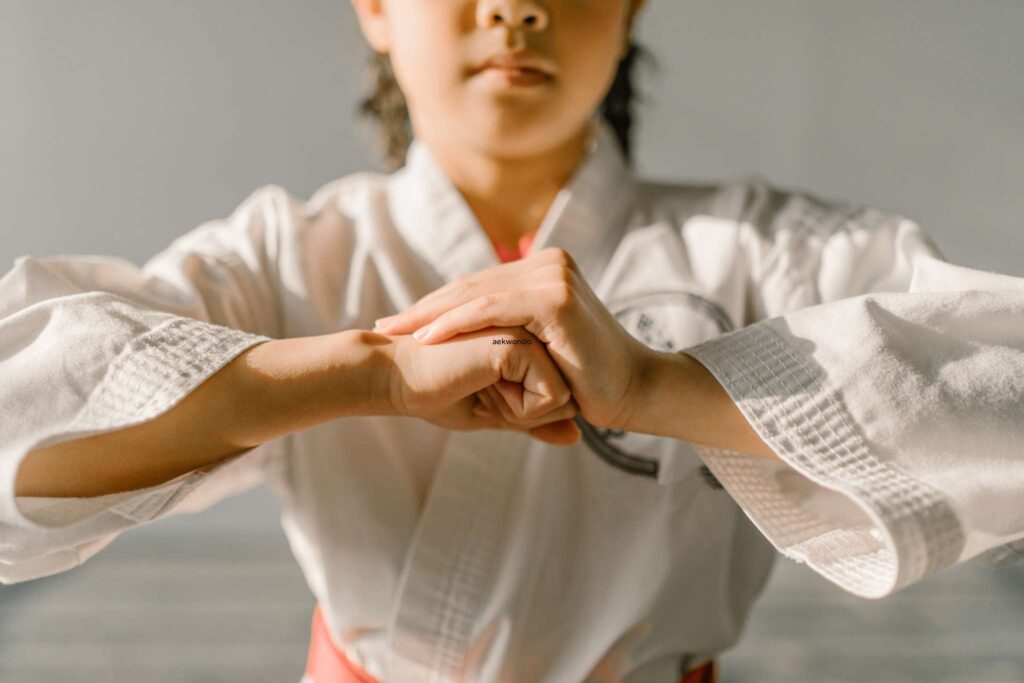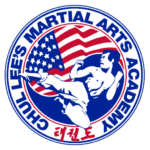Types of Taekwondo Forms
Taekwondo Forms
Forms (Poomsae) in taekwondo can be either traditional or modern and most widely practiced in the world. Traditional forms are those that have been passed down through the years from one generation to the next. They are a perfect way to practice anywhere away from our school to living room so practitioners can always stay disciplined. The forms (poomsae), if it is practiced correctly with practice, is designed to maximize speed and power per move thru research by Kukkiwon, World Taekwondo Federation, and by Universities in Korea. They often contain intricate and complex techniques that are performed in a specific order. Modern forms, on the other hand, are more recent creations that have been designed to showcase the latest techniques and movements in taekwondo done in competitions.
There are several different traditional forms in taekwondo. The most common is probably the Taegeuk form, which is performed by all students before their black belt test. Other popular forms include the Palgwe form, the Pyeungwon form, and others.

Taekwondo Forms Descriptions
Koryo (Korea)
Represents the fighting spirit of the ancient Korean culture and people. This form should be performed with power and spirit.
Kumkang
Represents the beautiful mountains in Korea. This form should be performed like the stable mountain that it represents
Taebek
Taebek is the ancient name of Mount Peakdo (or Beakdo or Paekdu), considered the ancestral mountain of Korea.
Pyung
Represents fertile plains where people live off the land.
Ship Jin
Represents endless growth and balanced learning. Literally, it means “decimal system,” indicating the value of order in life.
Ji Tae
Represents the changes in the earth. Perform it with an emphasis on rooted stances, to represent connections with the earth.
Chun Kwon
Represents the mystery of the sky. The sky has always stimulated the imagination. Perform this poomse with the respect for the balance of life, but with the optimism of imagination.
Han Soo
Represents water, which adjusts to any situation, which can both weak and powerful. Perform this poomse with fluid movements but with power execution.
Ill Yo
Represents the Buddhist goal of enlightenment – the state in which the mind, body and spirit are one.
Competitive Taekwondo Forms
Competitive Taekwondo is an exciting display of skill and athleticism that draws on a range of disciplines, including speed, power, breathing control, and rhythm. With competitive forms divided into four distinct categories – Single, Pairs, Teams, and Freestyle – there are countless opportunities for students to aim for their goals at local, state, or national level competitions. At Lee’s Martial Arts Academy, we strive to foster a strong competitive spirit and the understanding of “hard work” in our students; each student will be encouraged to reach a point where they are completely out of breath after performing just one competitive form. We take competitive taekwondo seriously as it is an important way for our students to further develop their skills alongside the fundamentals of Taekwondo.
There are many reasons why you might need to practice taekwondo forms. Perhaps you want to improve your techniques or maybe you need to improve your physical conditioning. Practicing forms can help you learn the proper techniques for this martial art. Our staff has over 100+ years training combined to share with students of all ages and skill levels of taekwondo forms. Learn more by contacting us today.
